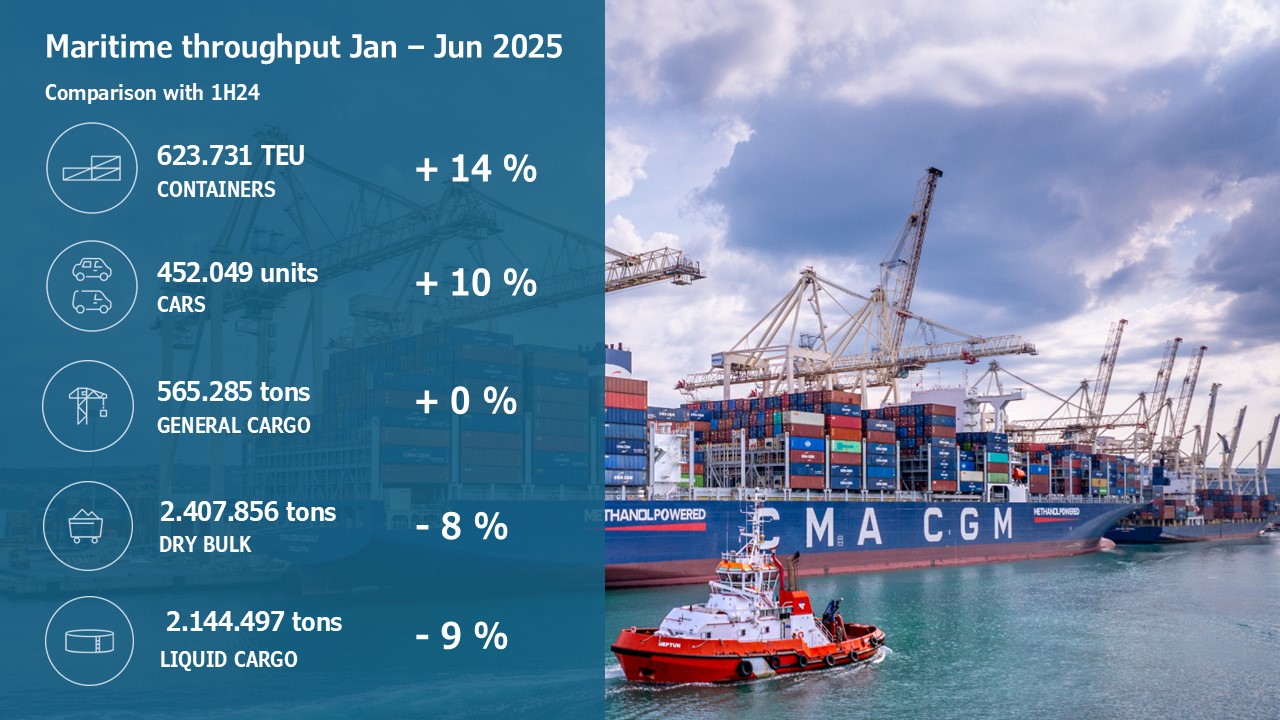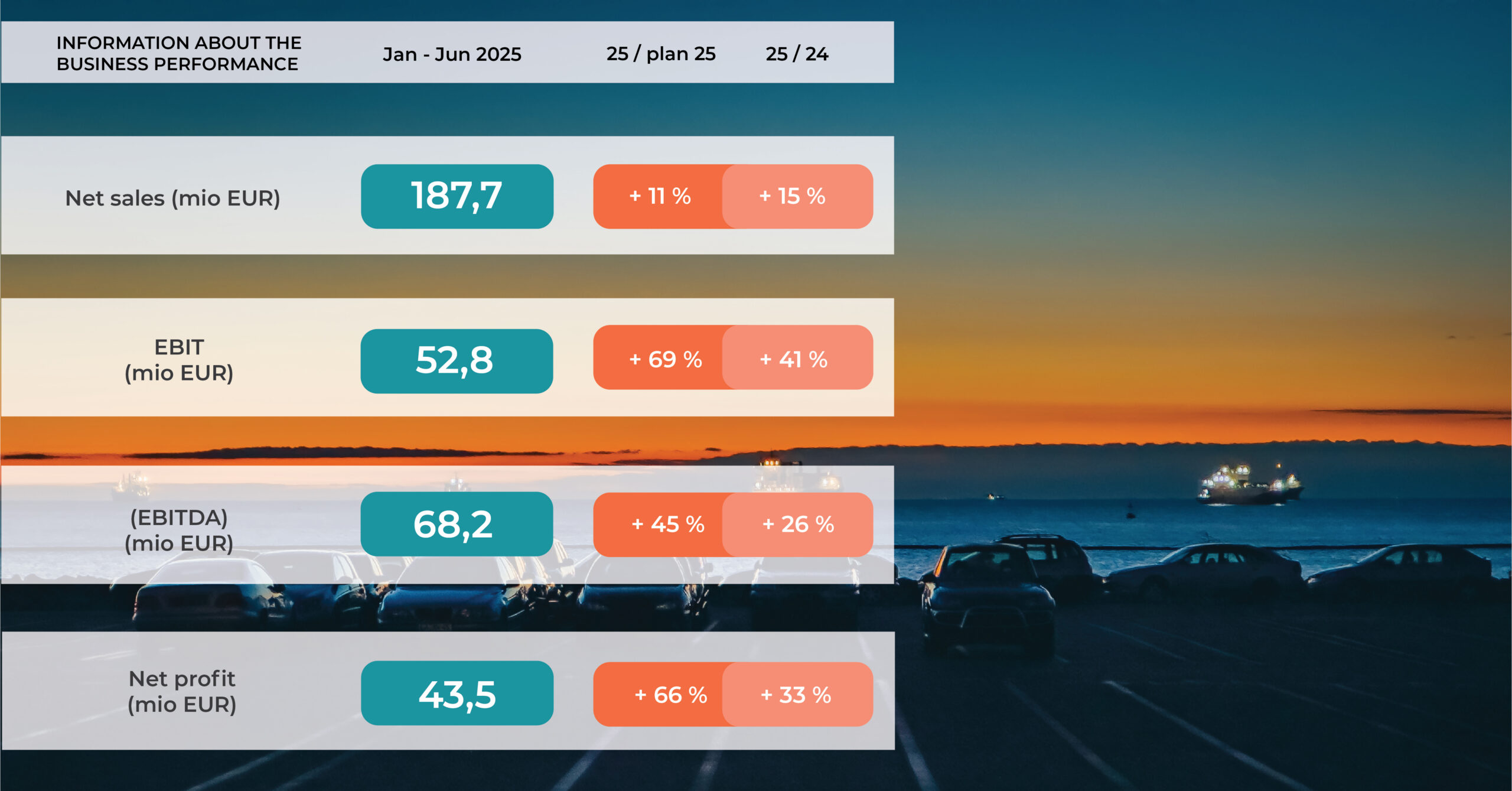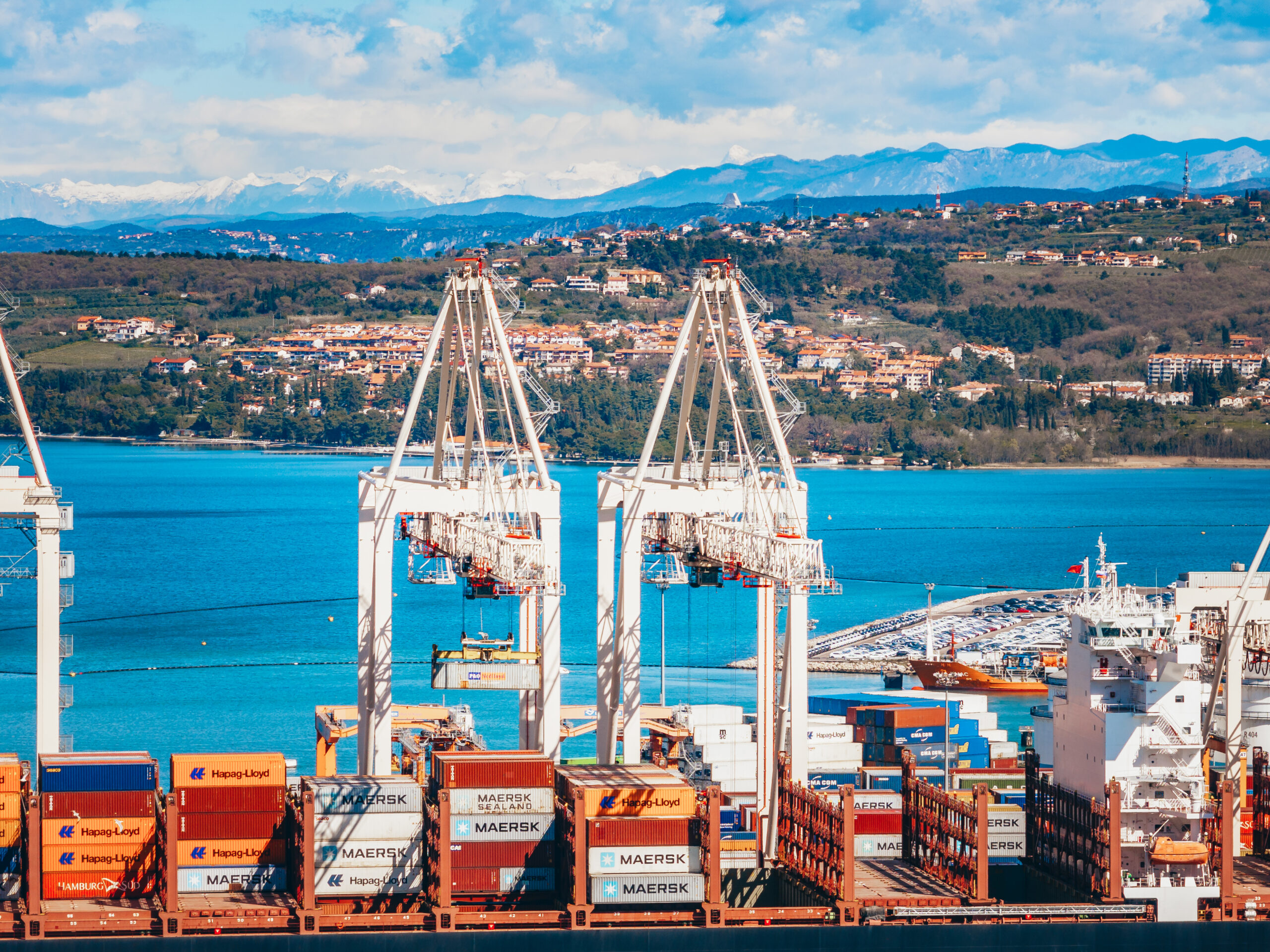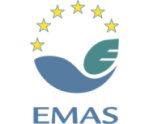In the first six months of 2025, Luka Koper successfully took advantage of the opportunities brought about by a challenging global environment. This period was marked by the rerouting of shipping lines from Asia, uncertainties due to geopolitical tensions, and changes in global trade conditions. While these brought numerous challenges, they also presented opportunities for growth. In the Luka Koper Group, we recorded increased cargo throughput in nearly all commodity groups during the first half of the year — total maritime throughput reached 11.4 million tons, which is 1% more than last year and in line with the business plan.

Compared to 2024, the most significant growth — 14% — was achieved at the Container Terminal, where we handled 623,731 TEUs. This growth was driven by new business linked to the equipping of new production facilities in our hinterland markets, high occupancy rates at most European ports, and the restructuring of shipping services arriving from the Far East to North Adriatic ports.
New business opportunities, especially due to the import of vehicles from various Chinese manufacturers and the export of vehicles produced in Europe destined for Mediterranean markets, contributed to a 10% increase at the Car Terminal, where we handled 452,049 vehicles.
The volume of general cargo remained at the 2024 level, with a slight increase in wood exports. However, dry bulk cargo throughput decreased by 8%, primarily due to reduced volumes of iron ore. A slight decline was also recorded in liquid cargo, mostly due to lower imports of jet and diesel fuel.
Key financial indicators also surpassed at the end of the half-year period
The increase in cargo throughput positively impacted the Luka Koper Group’s net sales revenue, which reached EUR 187.7 million in the first half of the year — 15% more than last year and 11% above the plan. Operating profit (EBIT) was also higher, amounting to EUR 52.8 million, which is 41% more than last year and 69% above the planned figure.
Operating costs in the first half of the year reached EUR 136.9 million. The increase was mainly due to higher labour costs (related to new employment) and material costs, while service and depreciation costs declined during this period.
As a result, the net profit for the first half of 2025 stood at EUR 43.5 million, which is 33% more than last year and 66% (EUR 17.3 million) above the planned figure.

We continue to implement our strategic investment goals
In the first half of 2025, the Luka Koper Group invested EUR 54 million, representing a 161% increase compared to the same period last year. During this time, construction continued on the mainly automated multipurpose warehouse for steel coils, an additional 12th Berth on Pier II, and the relocation of storage blocks at the Container Terminal. In January, we began initial activities for the extension of the northern part of Pier I, which entered the construction phase in mid-July. This largest and most demanding project in the port’s history will continue until the end of 2027 and will significantly boost the Container Terminal’s capacity.
During this period, we also completed several important projects — the construction of a new car storage area in section 6A, with a capacity of 3,500 vehicles, and the long-awaited construction of the Passenger Terminal building. Additionally, we delivered a new warehouse hall for the company Avtoservis Koper and a new locomotive for our affiliated company Adria Transport.
“We are pleased that we have managed to launch all planned projects and that they are progressing according to the set timelines. This sends a strong signal to our business partners that we are delivering on our strategic business plan and that they can continue to rely on us,” commented Nevenka Kržan, President of the Management Board. “At the same time, during construction activities, we pay special attention to minimizing environmental impacts to ensure they are as unnoticeable as possible in the vicinity of the port,” she added. She also noted that three additional major projects will begin this year — new open storage areas for vehicles and a covered parking garage with a capacity of just under 12,000 vehicles, as well as first activities for the construction of the on-shore power supply infrastructure for ship.





